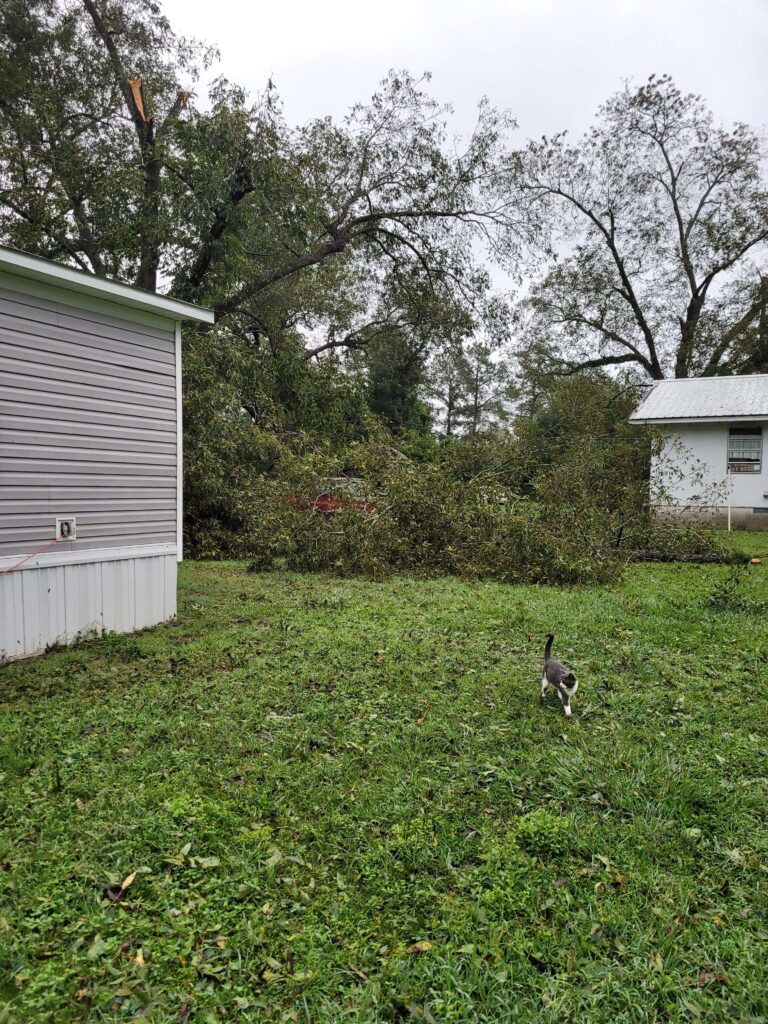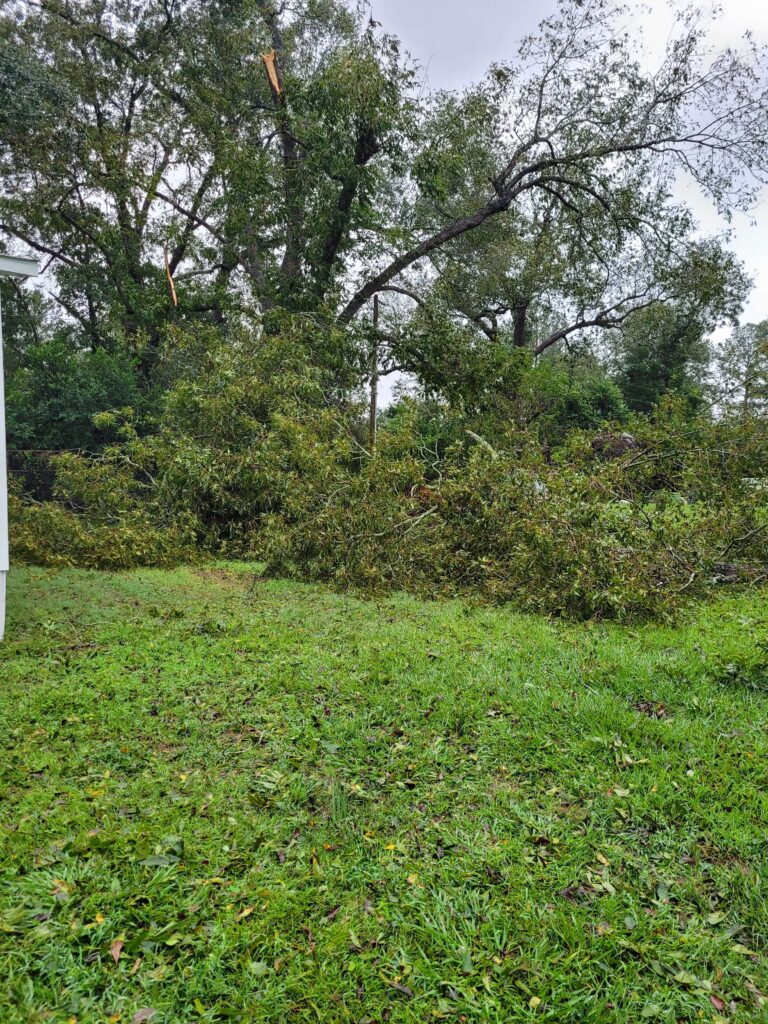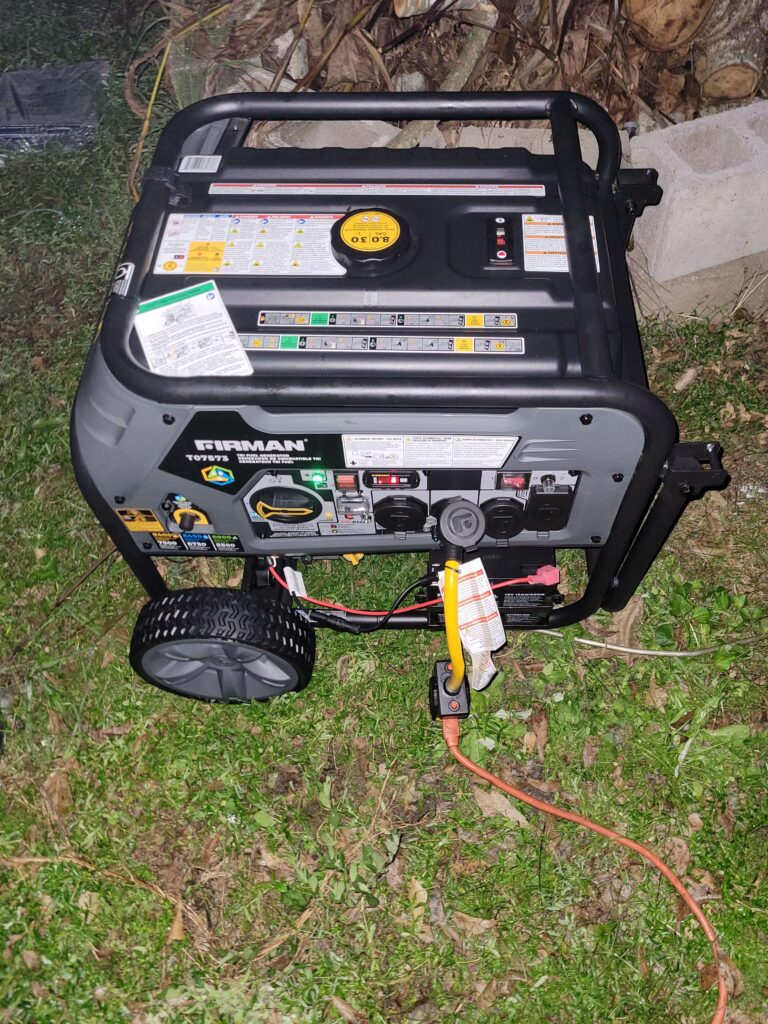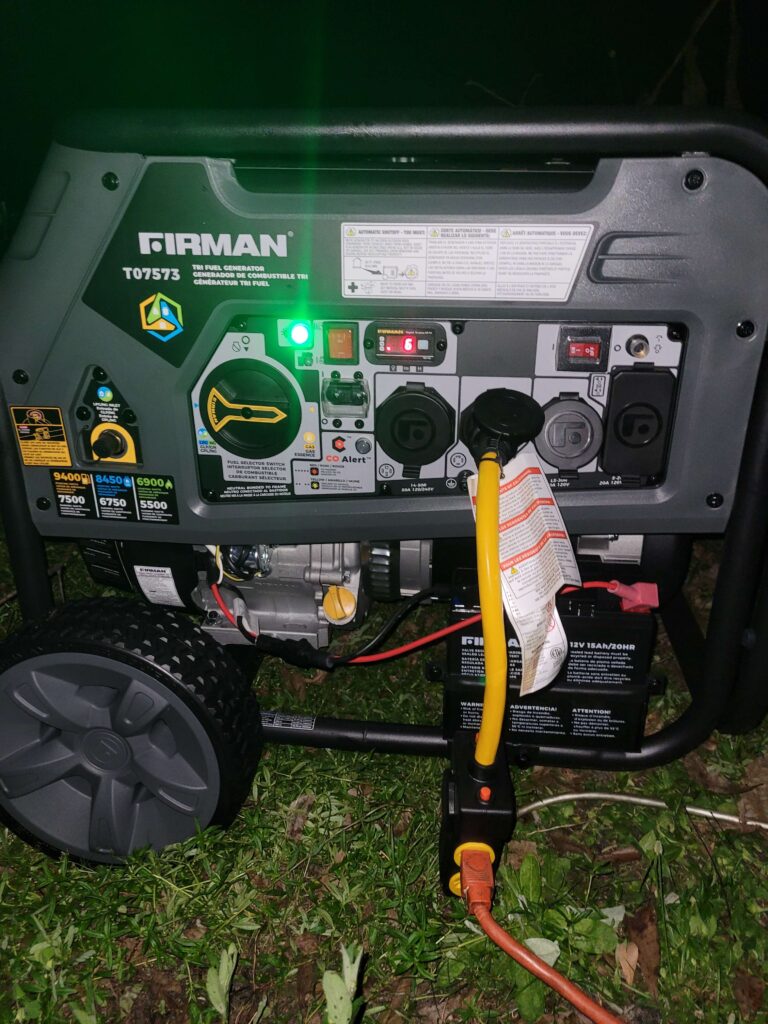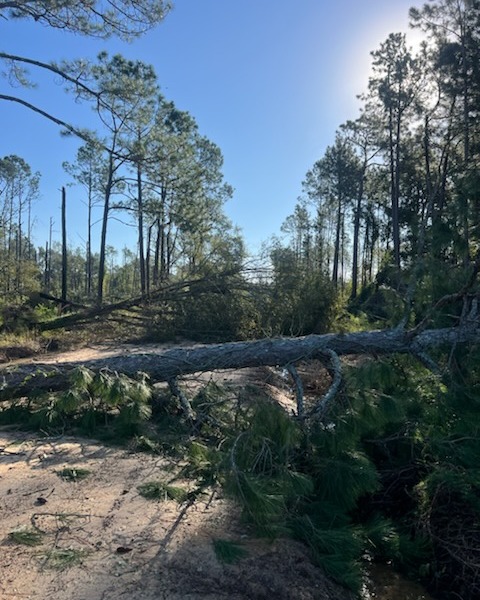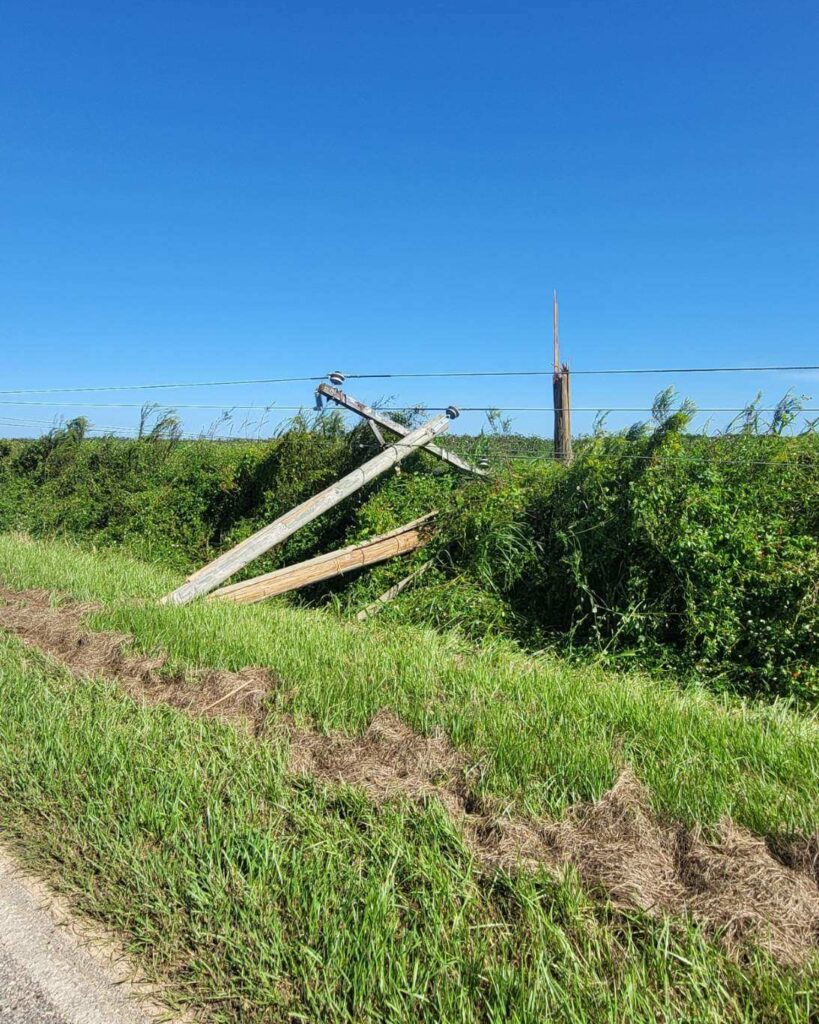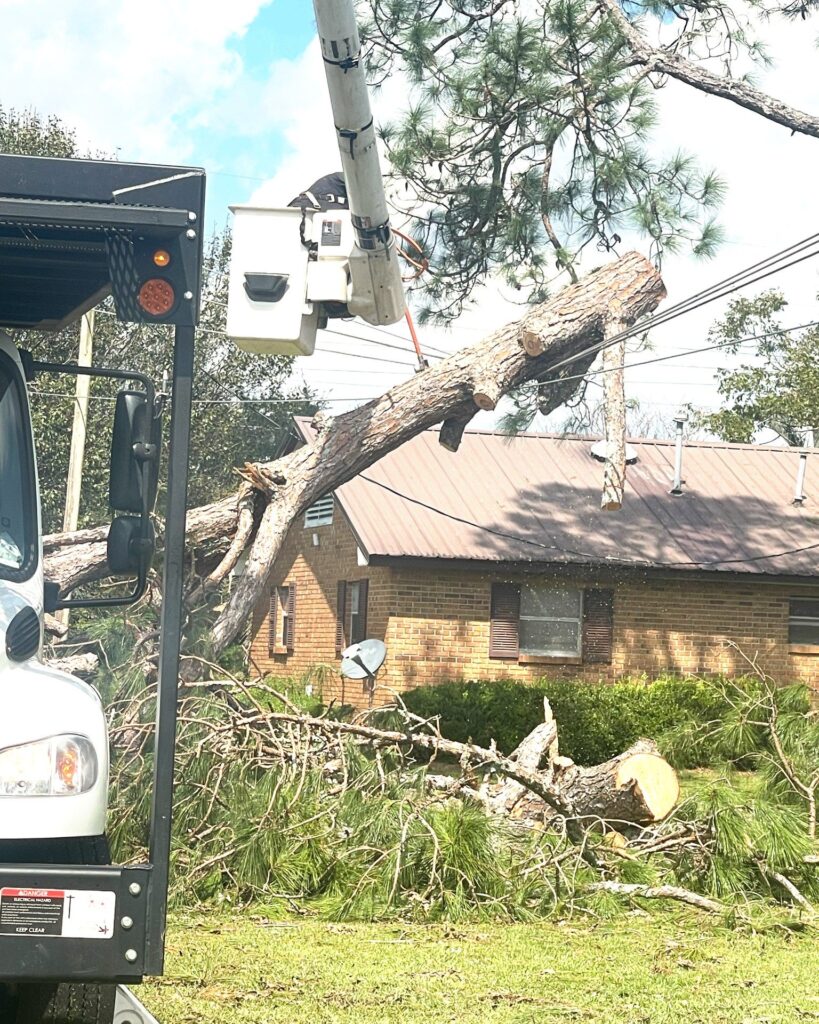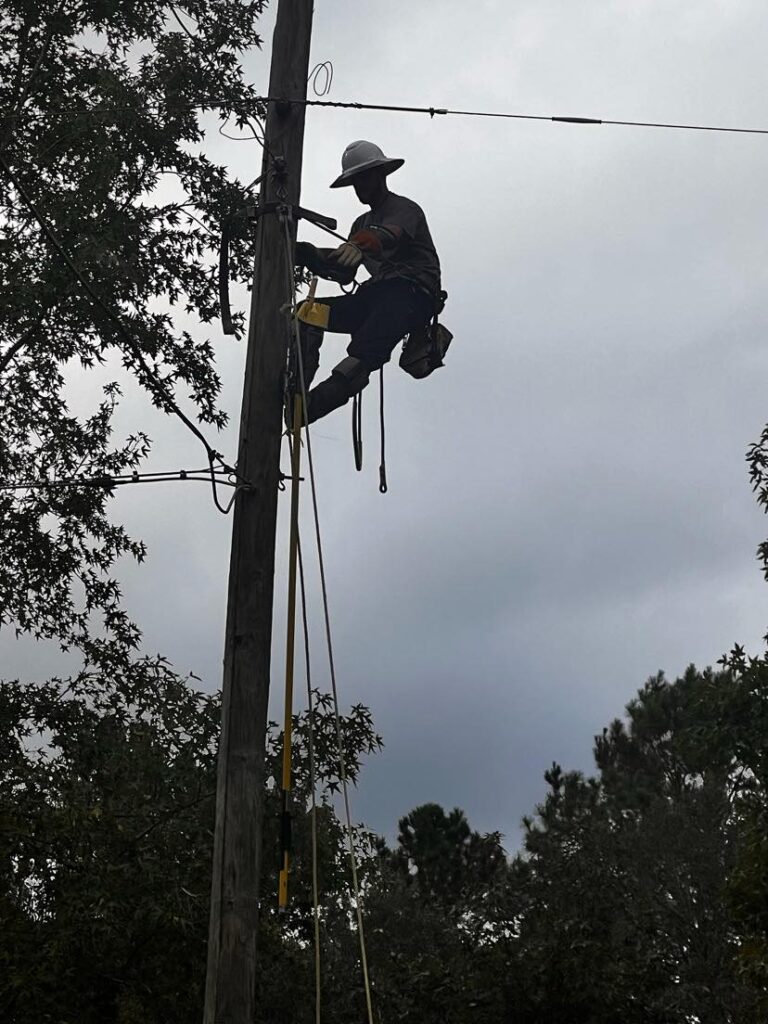Hurricane Helene left widespread devastation in its wake, especially across Florida’s Big Bend region. With wind speeds reaching 140 mph, the storm brought deadly storm surges, leading to at least 11 deaths across Florida and Georgia. In Florida alone, infrastructure damage was severe, causing power and water outages, and resulting in flooding worse than previous hurricanes like Idalia. Coastal areas saw storm surges up to 20 feet, destroying homes and businesses. Economic losses are expected to be in the billions, further burdening the state’s insurance system.
Hurricane Helene’s damage extended far beyond the initial impact. Florida saw extreme flooding in places like Tampa Bay, where homes and businesses were submerged, while entire blocks along the coast were destroyed by storm surges as high as 20 feet. Power and water outages affected thousands of residents, and in some areas, search-and-rescue teams struggled to reach survivors due to high water and infrastructure damage. The storm moved north, causing further devastation in Georgia, where flash floods and intense rains led to more fatalities.
In addition to the physical damage, Helene has exposed vulnerabilities in Florida’s insurance market, with preliminary damage estimates suggesting billions in losses. Infrastructure repairs will be long-lasting, and some areas may take years to fully recover. The state’s emergency response teams were stretched thin, and while evacuation orders saved many lives, those who stayed behind faced dire consequences. Efforts to repair roads, bridges, and homes are already underway, but the full extent of the damage is still being assessed.
In Georgia, the storm triggered similar devastation, especially around the metro Atlanta area, where flash floods caused rivers to overflow, damaging homes and businesses. The Southern Appalachians are also seeing historic flooding as Helene, downgraded to a tropical storm, continues to bring torrential rain. Emergency declarations remain in effect as states work to recover and support displaced residents.
